As you can probably guess, you can’t just go anywhere and start digging up stuff. There are two main choices: to go to designated Fossicking Areas, or to get a Prospecting Licence and be able to go to most public, unreserved land.
Fossicking areas
Tasmania has ten designated Fossicking Areas. They are some of the best mineral collecting locations around the state, though some of them are getting pretty well picked over, and good material can be hard to find. Still, the challenge of finding a good piece if often a big part of the fun. These areas have been set aside for people to fossick for minerals without needing to arrange other licences, permissions, etc. They do have some strict rules that you need to abide by, and please do so, or we risk losing them altogether if too many people do the wrong thing. The rules are detailed in the free PDF booklet available from the Mineral Resources Tasmania website.
The Fossicking Areas page at the Mineral Resources Tasmania website also has detailed information on each of the designated fossicking areas, including maps.
Eight of the ten areas are in the northern half of Tasmania, while two are close together in the south. All the fossicking areas are aimed at the lapidarist and mineral collector, and none to the traditional, metal-seeking prospector, i.e: over a gold or osmiridium field, though you could find tin in Gladstone and the Weld River areas, and native silver at Magnet.
If you’re interested in lapidary materials, the main fossicking areas you’re likely to visit are Lune River and Coal Hill in the south, and Penguin and Weymouth in the north. The main materials in these are chalcedony varieties, such as jasper, agates, carnelian, petrified wood and fern. If you’d like to dig for sapphires, topaz, and quartz varieties, Killiecrankie Bay in Flinders Island, as well as Gladstone and Weld River in the north-east are your main targets. If your interest is in mineral specimens instead, the main Fossicking Areas set aside for this are Magnet, Lord Brassey, and Colebrook Hill.
Of course, these are not the only areas of Tasmania that you can find interesting minerals and lapidary materials in, but they are currently (May 2015) the only officialy declared areas where you can fossick for minerals without a licence. This brings me to your other option, which is to get a:
Prospecting Licence
These allow you to prospect, for a period of 12 months, in most unreserved public land in the State. You can also prospect in some reserve types that allow mining, such as Regional Reserves. There are some caveats: If the area is covered by any kind of exploration licence, retention licence, or a mining lease, you have to get permission from the lease or licence owner. You can also prospect inside private property, but in this case you have to get permission from both the land owner, and any licence holder that might have a mineral tenement over that land.
If you’d like to take your family to pan for gold, the only option you have is to take out a prospecting licence, and there are no fossicking areas where you have a realistic chance of finding some.
- Alluvial nugget cleaned with only a toothbrush and soapy water
- Gold nuggets
- A specimen of gold in quartz
If you want to get a prospecting licence, be aware that you’ll have to pay dearly for the privilege: as of the time of writing, prospecting licences in Tasmania cost $29.60, last only 12 months, and have gone up in price by more than double in the last few years. Compare this, for example, with a Victorian Miner’s Right which (as of today) costs $17.20 for a ten year licence, or the Western Australian one, which costs $25 and lasts forever. In my opinion, Tasmanian prospecting licences are a rip-off, and only encourage people to do the wrong thing. However, unless you want to risk a fine and the confiscation of your gear, you’ll need to get one. The powers-that-be would do well to look at the Victorian and Western Australian systems, which are set up to encourage people to register and get a licence just in case they ever want to use it! Ok, rant over.
You can purchase your Prospecting Licence in person at Mineral Resources Tasmania, or print out the form in the MRT website and take it, and payment, with you to a Service Tasmania shop. Be aware that if you choose the second, it will take some time for them to mail you your licence.
In coming posts I will go more in-depth about some of the fossicking areas, as well as good prospecting locations.
Do you like the content at Apple Isle Prospector? Feel free to get in contact, leave a comment.
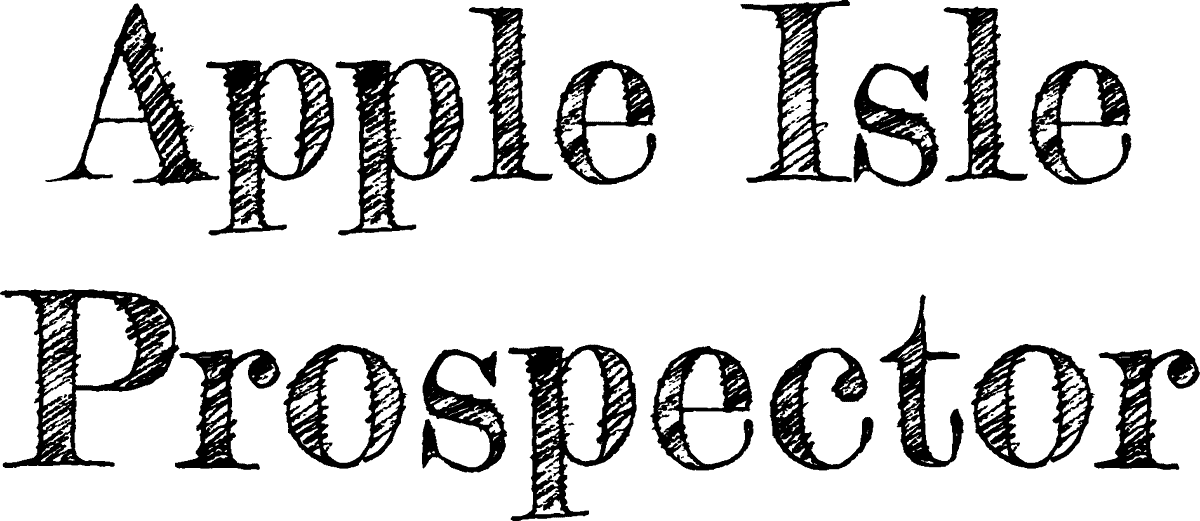
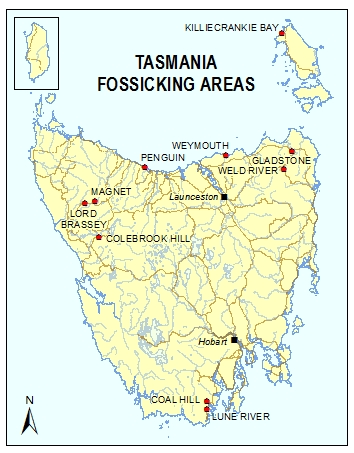
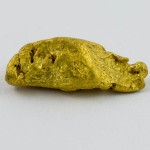
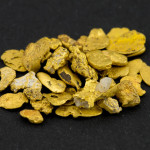
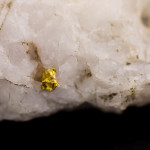
Posted to Gold Detecting and Prospecting forum tonight for the first time in answer to Long time lurker from Hobart. Like to make contact regarding trips
Hi Robert,
The best place to organise meet-ups is Phil’s Tasmanian Prospecting forum. A few guys were going to Doctors Rocks last weekend. Some of us went to Paradise River last January, and there was a trip to a mining lease in Back Creek last year that produced a few nuggets.
Really like your info what would be your recommended places for panning in the north of the state
Hi Lex,
I’ve panned gold near Lisle, and at Tobacco Creek, just north of Lisle. Also some time ago at Mangana, at Majors Gully, but that’s now under licence, and a key is needed from the landowner. Other places would be Doctors Rocks, where people have been doing OK at low tide, and maybe Calder area. I’ve also had luck in the creeks near Corinna, but the scrub can be ‘interesting’.
During the 1930s depression people were panning to supplement their income somewhere in the St Patricks River area, perhaps near Patersonia, and at Camden and Diddleum plains, they might be worth a go.
Have you looked at the MRTmap ‘Mineral Occurrences’ layer?